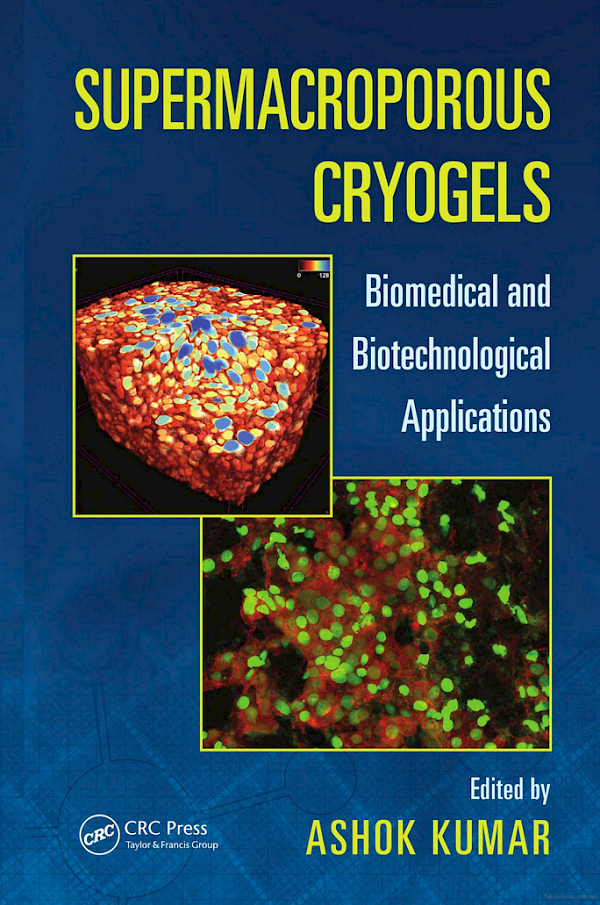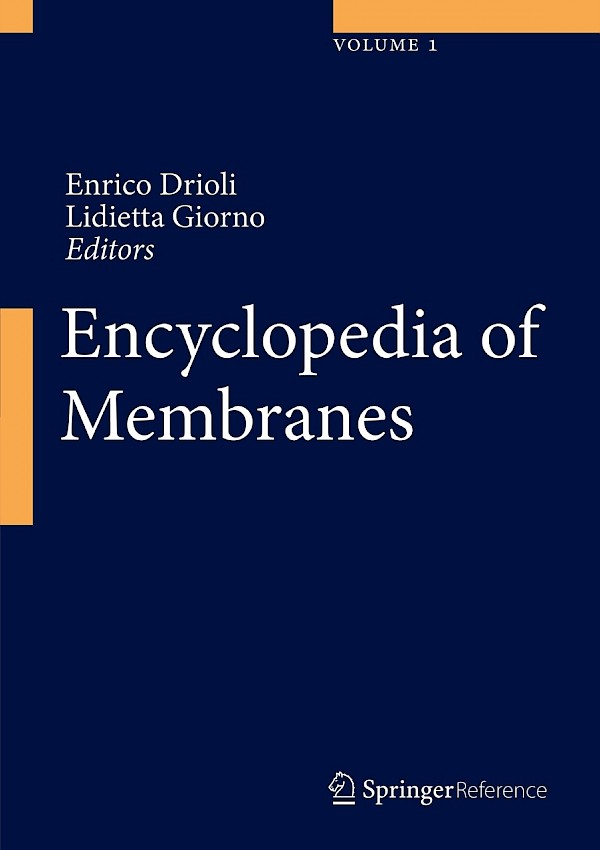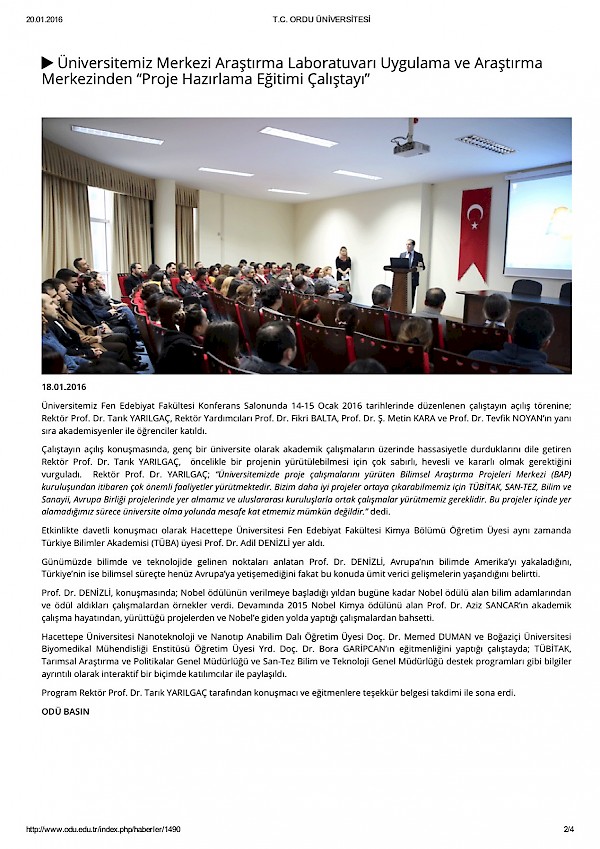News

Wednesday, May 25, 2016
New Article Published in Journal of Chromatography B
Affinity based and molecularly imprinted cryogels: Applications in biomacromolecule purification by Müge Andac, Igor Yu Galaev, and Adil Denizli
The publications in macro-molecularly imprinted polymers have increased drastically in recent years with the development of water-based polymer systems. The macroporous structure of cryogels has allowed the use of these materials within different applications, particularly in affinity purification and molecular imprinting based methods. Due to their high selectivity, specificity, efficient mass transfer and good reproducibility, molecularly imprinted cryogels (MICs) have become attractive for researchers in the separation and purification of proteins. In this review, the recent developments in affinity based cryogels and molecularly imprinted cryogels in protein purification are reviewed comprehensively.
…Read More
Wednesday, May 25, 2016
New Article Published in Journal of Chromatography B
Affinity based and molecularly imprinted cryogels: Applications in biomacromolecule purification by Müge Andac, Igor Yu Galaev, and Adil Denizli
Read More
Tuesday, April 26, 2016
New Chapter Published in Supermacroporous Cryogels
Cryogels: Applications in Extracorporeal Affinity Therapy
Extracorporeal affinity therapies are directed at the removal of potential toxic substances including bilirubin, pathogenic antibodies, various circulating immune-complexes. cholesterol and so on from human plasma. The conventional extracorporeal therapies including plasma exchange, hemodialysis, hemofiltration and hemoperfusion are nonselective techniques. In addition, the requirement for plasma substitutes such as albumin is very high.
…Read More
Tuesday, April 26, 2016
New Chapter Published in Supermacroporous Cryogels
Cryogels: Applications in Extracorporeal Affinity Therapy
Read More
Wednesday, February 17, 2016
Seven Different Items of Encyclopedia of Membranes were Written by Our Group
…
Read More
Wednesday, February 17, 2016
Seven Different Items of Encyclopedia of Membranes were Written by Our Group
Read More
Wednesday, February 17, 2016
Türkiye Bilimler Akademisi Üyeleri Konya Bilim Merkezi'nde
Türkiye Bilimler Akademisi üyesi akademisyeneler, Konya Büyükşehir Belediye Başkanı Tahir Akyürek ile görüşerek Bilim Merkezi’nde incelemelerde bulundular.
Türkiye Bilimler Akademisi (TÜBA) üyeleri, çeşitli programlara katılmak üzere geldikleri Konya’da Büyükşehir Belediye Başkanı Tahir Akyürek ile görüşerek Bilim Merkezi’nde incelemelerde bulundular.
…Read More
Wednesday, February 17, 2016
Türkiye Bilimler Akademisi Üyeleri Konya Bilim Merkezi'nde
Türkiye Bilimler Akademisi üyesi akademisyeneler, Konya Büyükşehir Belediye Başkanı Tahir Akyürek ile görüşerek Bilim Merkezi’nde incelemelerde bulundular.
Read More
Wednesday, February 24, 2016
Afyon Kocatepe Üniversitesi'ne Ziyaret
Türkiye Bilimler Akademisi (TÜBA) üyesi akademisyenler Afyon Kocatepe Üniversitesi Rektörü Prof. Dr. Mustafa Solak'ın davetlisi olarak AKÜ'yü ziyaret etti.
…Read More
Sunday, January 31, 2016
Ordu Üniversitesi'nde Proje Hazırlama Eğitimi Çalıştayı
Ordu Üniversitesi Merkezi Araştırma Laboratuvarı Uygulama ve Araştırma Merkezi katkılarıyla...
Ordu Üniversitesi Fen Edebiyat Fakültesi Konferans Salonunda 14-15 Ocak 2016 tarihlerinde düzenlenen çalıştayın açılış törenine; Rektör Prof. Dr. Tarık YARILGAÇ, Rektör Yardımcıları Prof. Dr. Fikri BALTA, Prof. Dr. Ş. Metin KARA ve Prof. Dr. Tevfik NOYAN’ın yanı sıra akademisyenler ile öğrenciler katıldı.
Çalıştayın açılış konuşmasında, genç bir üniversite olarak akademik çalışmaların üzerinde hassasiyetle durduklarını dile getiren Rektör Prof. Dr. Tarık YARILGAÇ, öncelikle bir projenin yürütülebilmesi için çok sabırlı, hevesli ve kararlı olmak gerektiğini vurguladı. Rektör Prof. Dr. YARILGAÇ; “Üniversitemizde proje çalışmalarını yürüten Bilimsel Araştırma Projeleri Merkezi (BAP) kuruluşundan itibaren çok önemli faaliyetler yürütmektedir. Bizim daha iyi projeler ortaya çıkarabilmemiz için TÜBİTAK, SAN-TEZ, Bilim ve Sanayii, Avrupa Birliği projelerinde yer almamız ve uluslararası kuruluşlarla ortak çalışmalar yürütmemiz gereklidir. Bu projeler içinde yer alamadığımız sürece üniversite olma yolunda mesafe kat etmemiz mümkün değildir.” dedi.
…Read More
